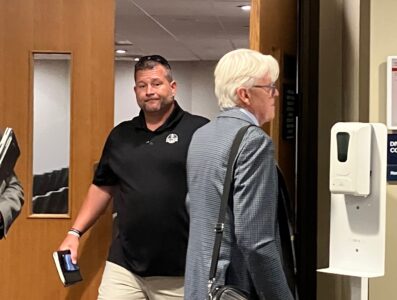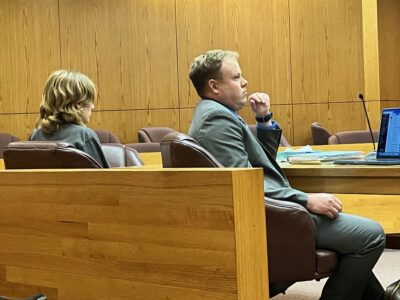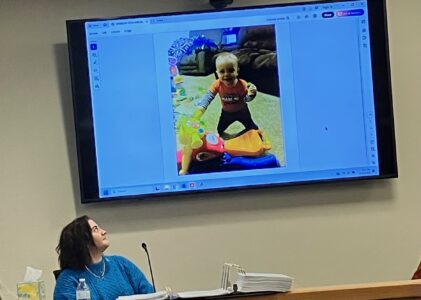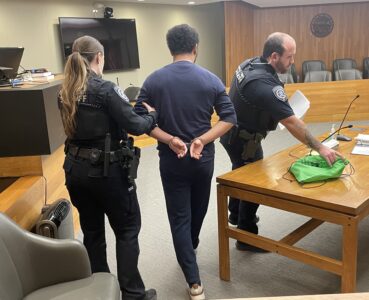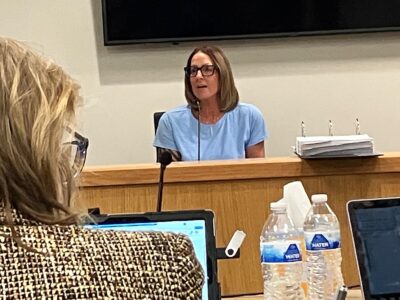As deer get more active, Douglas County Sheriff’s Office urges residents to drive carefully; it also updates its ‘deer list’ process
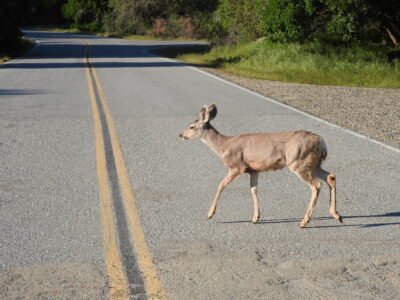
photo by: Adobe Stock
Deer are most active during their fall mating season and may ignore hazards such as vehicles.
As days get shorter and deer get more active, the Douglas County Sheriff’s Office is urging motorists to be careful, and it’s also overhauling its “deer list” of people who can respond and remove dead deer from roadways after a crash.
Douglas County Sheriff’s Office spokesman George Diepenbrock said via email that while deer’s mating season peaks in mid-November, deputies had already responded to more crashes involving deer in the past few weeks. According to the Kansas Department of Wildlife and Parks, deer travel more during the fall mating season than in other seasons and are less attentive to vehicles and other dangers.
“Be cautious as you drive especially near dusk and dawn as more deer will be on the move and crossing roads,” Diepenbrock said.
Diepenbrock also said the Sheriff’s Office had updated its process for the county’s deer list, a rotating list of people who are called to remove deer that are killed in situations other than hunting, including crashes on county roadways.
The Sheriff’s Office says on its website that often, after a crash, “the deer meat is in good enough condition to be salvaged by the remover, but the Douglas County Sheriff’s Office makes no representations or warranties that it is.” But not just anyone is authorized to remove a deer carcass after a crash. According to the Kansas Department of Wildlife and Parks, to remove a deer, you need a salvage tag, which can be issued by Highway Patrol troopers, sheriff’s deputies or game wardens.
Through the deer list, the sheriff’s office calls volunteers to scenes of deer incidents and provides them a deer tag allowing them to take possession of the deer. People who are on the deer list may be called for pickup at any time, day or night. Once they agree to remove a deer, they have 30 minutes to get to the scene with a vehicle.
Diepenbrock said that the deer list has now been cleared out, and anyone who was on the previous list will need to re-register. They can do that through a new online form at dgso.org/index.php/dgso-deer-list-information. Applicants must be adults with a valid Kansas driver’s license or ID and have access to a vehicle, and they must complete a waiver and release form before being placed on the list.
If you are involved in a deer-related crash, it’s important to call law enforcement to handle it. The Kansas Department of Wildlife and Parks reminds drivers on its website that vehicle-deer crashes resulting in personal injury or property damage that totals $1,000 or more must immediately report the crash to law enforcement. Failure to report is a misdemeanor and may result in suspension of driving privileges.


